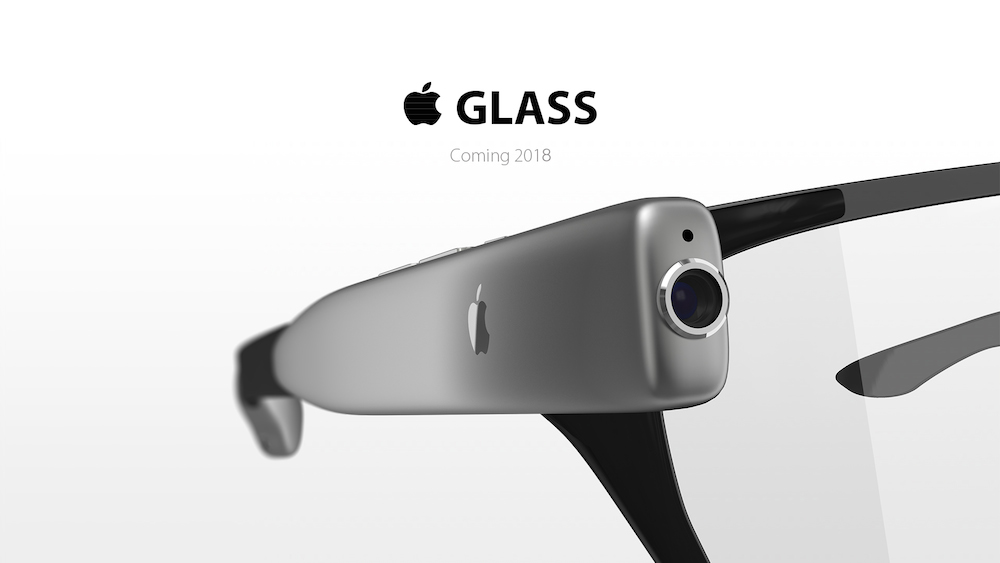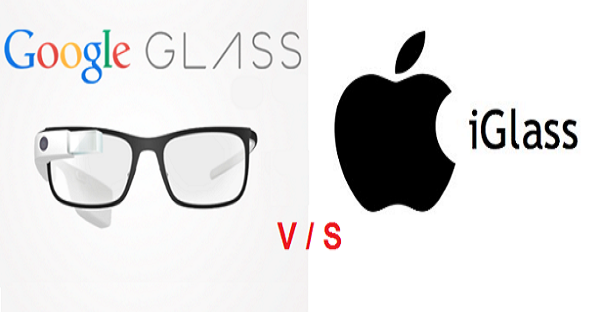After bringing out watches, Google and Apple launched wearable, smart digital glasses. You might have heard about both the glasses, both stands out with their own amazing features. Here is something to know in depth:
Google Glasses:
Google Glass is a wearable, voice-controlled Android device that resembles a pair of eyeglasses and displays information directly in theuser’s field of vision.
Google Glasses look like a pair of eyeglasses, but the lens of the glasses are an interactive, smartphone-like display, with natural language voice command support as well as Bluetooth and Wi-Fi connectivity. Google Glass is powered by the Android mobile operating system and compatibility with both Android-powered mobile devices and Apple iOS-powered devices is expected.

Apple iGlasses:
Apple iGlass is a kind of an eyeGlass or eyePhone, intended at improving the user’s communication and viewing experience. iGlass will also be able to display images and play videos in the real time in addition to conventional text and voice communication with buit in social media sharing features.
Apple iGlass processing power will be handled by iPhone, iPad or iPod. iGlass display elements will stream via Airplay and will be operated while worn on the eyes. Apple iGlasses features also includes an integration of SIRI, the voice assistant software by Apple.
There is lots of about both the glasses but the very important is why Google Glass is failed and how Apple is now working in the direction of what Google could not and prove it to the world.
What turned Google Glasses to be a miserable failure:
- Safety and Health Concerns
- Aesthetically Unappealing
- No Clear Function
- Poor Battery Life
Apple’s patent describes a method in which the image travels through a special glass to land directly into the user’s pupils.

Also unlike Google’s Project Glass, the theoretical iGlass would use two heads up displays, not just one. Apple’s patent says the dual projectors would provide with that total immersive experience which, in addition, would avoid motion-sickness because it would use stereoscopic projection.
The basic idea of both the products are same but the real comparison would be seen in 2018 when Apple would launch the product in the market. Apple is obviously in a lot of pressure to bring to the people what Google could not.

 Web and Full Stack
Web and Full Stack CMS and Frameworks
CMS and Frameworks Online Marketing
Online Marketing Cloud Services
Cloud Services ECommerce
ECommerce Mobile
Mobile



